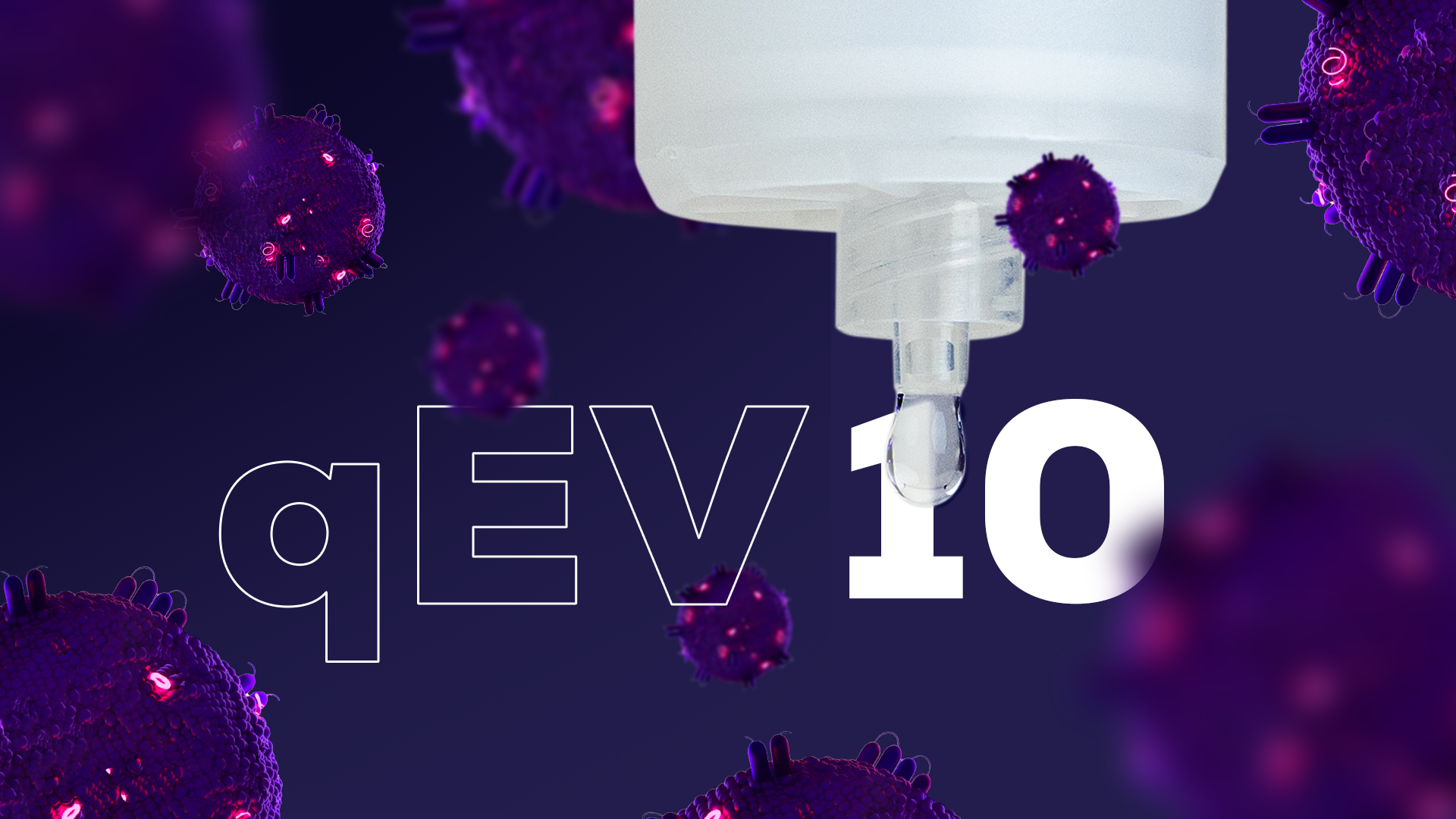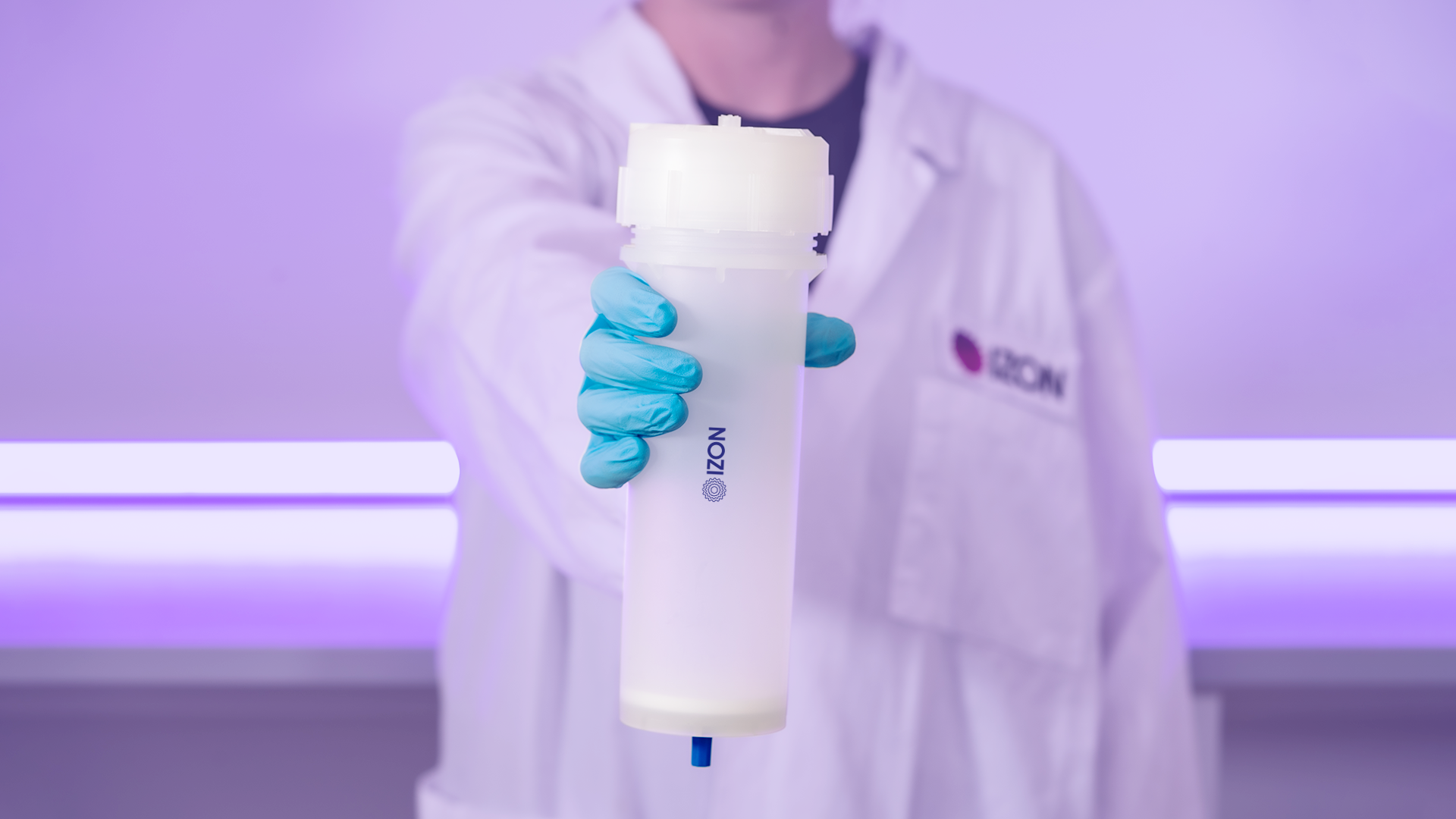In the early stages of designing a new therapeutic or diagnostic aid, it is easy to get swept up in the science of it all and forget about the regulations that you will have to abide by to take your product to market. However, starting this process early on is essential, especially in nanomedicine where the process is somehow both complex and obscure.
Starting from the beginning, one might ask: ‘what is nanomedicine?’. This question should be easy enough to answer, but it turns out that no one can really agree on a definition. The closest thing to agreement is that whatever it is, it should be nano in scale. Though how nano, is up for debate. Usually, 1-100 nm wins the definition lottery, though why this cut-off is used and not, say, 200 nm is never explained. It’s all a bit arbitrary and typifies the general lack of knowledge about what is important and a complete lack of consensus in what is a rapidly growing field.
For our purposes, we will consider a nanomedicine to be anything in the nanoscale (i.e., 1-1000 nm) that has an intended use as a therapeutic or diagnostic aid. Examples include liposomes, lipid nanoparticles, solid metal or polymer particles, nanobubbles or even some protein complexes. Of these, the most in vogue is the lipid nanoparticle (LNP). These are the famous (and, unfortunately, to a portion of society, ‘infamous’) carrier of the mRNA vaccines which changed the course of the SARS-CoV-2 global pandemic. Whilst nanomedicines have been in development and use for many years, this catalyst of pandemic proportions has brought nanomedicine careening into the public consciousness in a way that it never has been before.
With such increased scrutiny and well known on-market formulations, will the relative inertia surrounding the formalisation of regulations in be kick started into existence? But why are regulations and guidelines so lacking on a global scale? And how can Tunable Resistive Pulse Sensing help you deliver fundamental information important in a regulatory context?
Challenges to nanomedicine regulations
Traditionally, nanomedicines have been treated as their individual components rather than a whole nanoparticle.1 Recognising the incongruity here, regulators have generally encouraged regulation by discussion in lieu of any standardised procedure. This is in part due to several challenges faced by the regulatory industry. The first is the lack of standardised definitions, which extends to whether nanomedicines are medical products or medical devices. Whilst this has essentially no implications for their use in practice, the legal implications are immense. Even more challenging, we just don’t always know exactly which attributes of a nanomedicine are important for safety and efficacy, aside from the toxicology of individual components.2 Without knowing that, it is hard to justify specific regulations surrounding any of these attributes. Furthermore, when so-called nano similars are proposed, it is therefore difficult to identify which criteria should be used to determine whether the proposed product can indeed be considered a nanosimilar.2 So, where has all of this left the regulations?
Global nanomedicine regulations
As discussed above, there is a global lack of guidelines and regulations for nanomedicine. Canada led the field early on, publishing some (admittedly very vague) guidelines back in 2011. Unfortunately, these haven’t been updated since and are likely unfit for the current state of the field. Japan too has official guidelines for liposomes, but this does not cover any other nanomedicine products. Does any territory have more specific and wide spread guidelines or regulations?
The European Union
In the European Union, the movement towards formalised nanomedicine regulations is being helmed by the REFINE Nanomed project. REFINE (Regulatory Science Framework for Nano(bio)material-based Medical Products and Devices) acknowledge a viscous cycle of the lack of appropriate knowledge leading to a lack of specific guidelines, which in turn causes product developers to produce insufficient, incomplete, and heterogenous safety and quality assessments due to their uncertainty about requirements. This lack of robust data then perpetuates the cycle, meaning that regulators are still ill-informed and do not produce regulations.
While a comprehensive set of regulations may not yet be present, those in drug development are not completely without guidance. In a 2019 white paper, REFINE suggested a number of attributes which could impact upon quality and safety (Figure 1).

Of note, the United Kingdom is currently in the position of not yet having suggested or draft guidelines on nanomedicine following their exit from the European Union.
The United States of America
In April of 2022, the FDA released draft guidance for nanomedicine based on a risk-based framework, including guidance on what should be measured (Figure 2).They stress that different stages of development will likely require different levels of stringency; for instance, approximate data might be appropriate for early stages of development, with more stringency required for late-stage development. It was also suggested that nanoparticles be analysed in the format that they will be delivered in (i.e., not dried or massively diluted). However, given the draft state of this document, it is not known if or when any of these recommendations will become final guidance.

The future of nanomedicine regulations: what you need to know
One of the major features of any future regulations will likely be stringent characterisation requirements. To enable this, there will be a need to understand how physiochemical properties translate into biological effects. This will require a large amount of data, which the Nanotechnology Characterisation Laboratory of the National Cancer Institute in the United States of America and the European Nanomedicine Characterization Laboratory (currently closed, perhaps indefinitely) are most likely to have access to due to their roles in performing nanomedicine characterisation services. Whilst this would be a monumental undertaking, it would be of immeasurable value to the field.
Based upon the attributes which come up most frequently in draft and proposed guidelines, the key attributes likely to be regulated are nanomedicine composition (and associated safety data), concentration, size and size distribution, surface charge, morphology and stability. These parameters may be altered by scaling up production, and so there will be some degree of ongoing quality control required. The most efficient way of approaching the need for data on these attributes is to establish a characterisation workflow early on which can then be carried through to late-stage development, all the way to quality control for production. This workflow will likely change over time but should encompass the physiochemical attributes deemed Critical Quality Attributes.
Tunable Resistive Pulse Sensing: a multi-functional tool for assessing Critical Quality Attributes
The next question you must ask yourself is how you should measure these attributes. Unfortunately, there is, in most cases, currently no consensus on how best todo this. Aside, perhaps, for morphology, where transmission electron microscopy and scanning electron microscopy will be sensible choices.
One major problem with sizing and size distribution analysis in this industry to date has been an overreliance on light scattering techniques (e.g., dynamic light scattering (DLS). These techniques rely on bulk analysis and so do not provide data on individual particles, meaning that they are often biased and cannot give the full story in terms of particle heterogeneity, true mean/mode size, or even the number of subpopulations within a known, polydisperse sample.

As you can see in Figure 3, Tunable Resistive Pulse Sensing (TRPS) as employed by the Exoid provides a significantly higher resolution and accuracy of particle sizing and size distribution than do light scattering techniques such as multi-angle dynamic light scattering (MADLS). This is because as each particle passes through a nanopore, it is measured (Figure 4). Particle passage disrupts the current running through the nanopore, resulting in blockages in current which are directly proportional in magnitude to the particle size. In this manner, the size of every individual particle is measured, also allowing for accurate concentration measurement. This accurate sizing, size distribution and concentration measurement will give you a high degree of confidence in meeting any data requirements regarding those Critical Quality Attributes. Especially given the Exoid’s use of calibration particles to ensure the accuracy of every measurement.

This single particle analysis and a high degree of resolution enables identification of particle populations. This can be useful for determining the success of your production method, but is also crucial for assessing aggregation over time or even size change when loading your nanoparticles with the active component. Importantly, TRPS has been shown to be suitable for measuring parameters directly related to nanomedicine production and stability, producing high quality regulatory-suitable data.3 In Figure 5 you can see that with freeze-thaw of liposomes there was a clear identification of particle aggregate formation with TRPS.

Size and concentration measurement can be complimented by determining the surface charge of your nanomedicine product and analysing whether any change to surface charge occurs with loading. Measuring zeta potential using TRPS is a fantastic way to assess this. Especially as you can simultaneously size and determine the zeta potential of the individual particles within your sample, allowing you to not only streamline your characterisation, but to identify populations separated by size and charge as shown in Figure 6.

Getting prepared for increasing regulatory scrutiny with TRPS
Whilst we do not claim to have the power of premonition, we believe that it is a pretty sure bet that nanomedicine will be under increasing regulatory scrutiny moving forwards. This will likely result in formalised regulations being enforced from the springboard of the current suggested guidelines. Be ready for these when they come by ensuring that you are producing Critical Quality Attribute data on your nanomedicine from early in the development process, thereby reducing the risk of costly delays in reaching the market. Size, concentration and zeta potential will be crucial to assessing particle efficacy, safety and stability, making the Exoid the perfect tool for your nanomedicine characterisation. Indeed, it has already been used to characterise a LNP-based therapy for SARS-CoV-2.
You can read more about why the Exoid might be right for you and learn more about our nanomedicine support.









